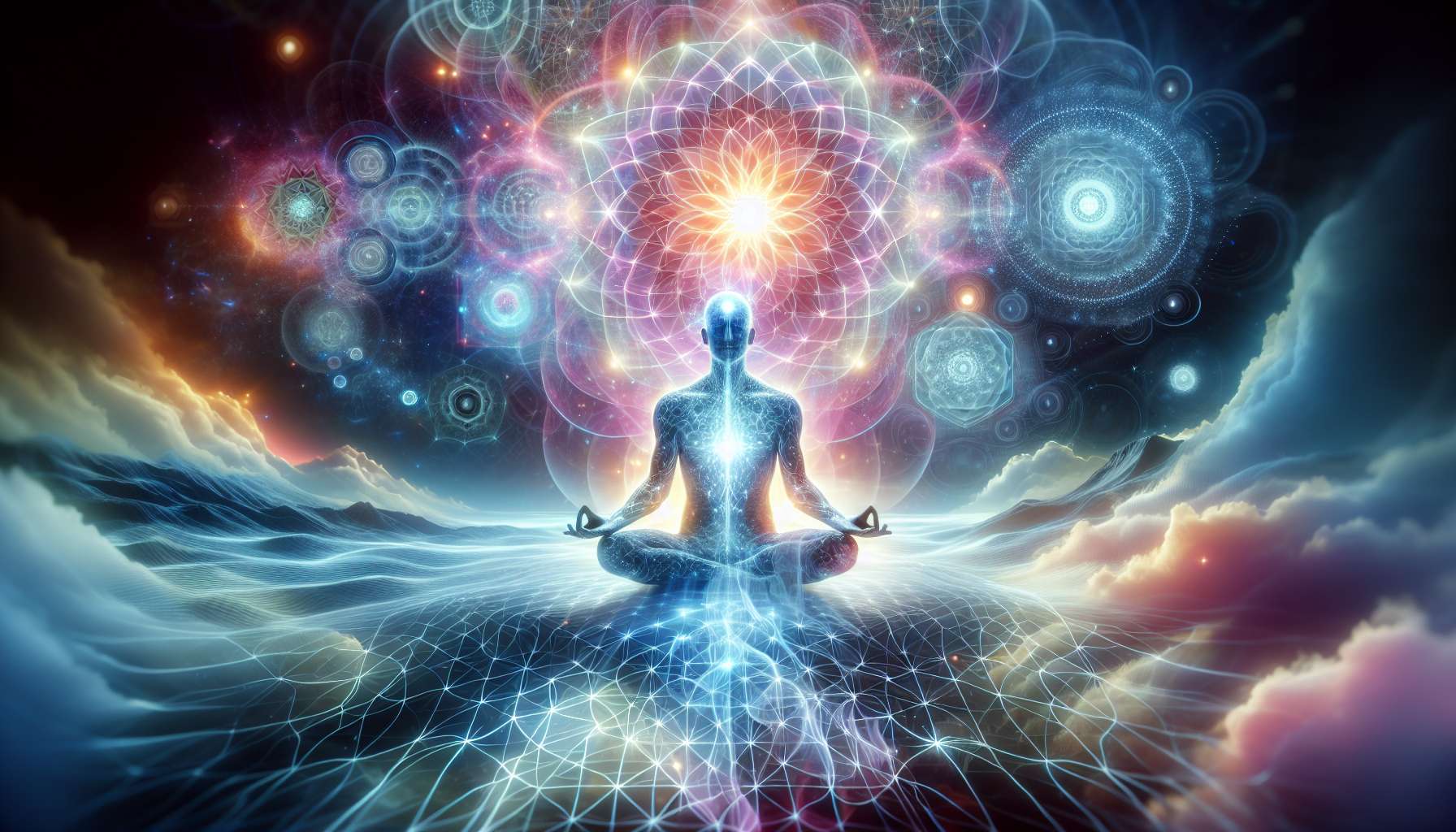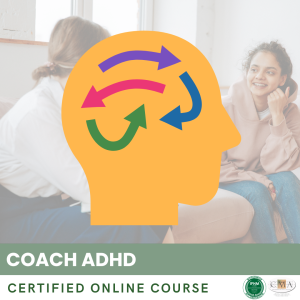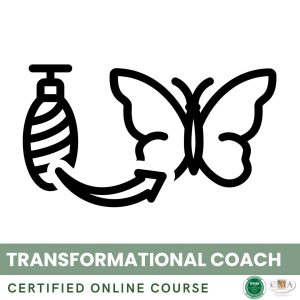Meditation is a millennia-old practice present in many spiritual traditions. It involves training the mind to be fully present, to become calm, and develop a clear and equanimous awareness. Beyond its benefits for managing stress and psychological well-being, meditation is above all a powerful tool for internal transformation and exploration of states of consciousness.
There are many forms of meditation, but they all share a common principle: returning to the present moment. Whether by focusing on the breath, a bodily sensation, a mantra, or a visualization, meditation invites us to anchor ourselves in the here and now, to observe the flow of our thoughts and emotions without identifying with them. With regular practice, we gradually develop an increasingly stable presence and an inner space of calm and clarity.
Thich Nhat Hanh, a Vietnamese Buddhist master, has greatly contributed to popularizing the practice of mindfulness in the West. His simple and profound teachings, such as walking meditation or conscious breathing, have allowed millions of people to taste the peace and joy of the present moment, right in the heart of their daily life.
Beyond mental peace, meditation also opens the door to altered states of consciousness. By diving into the depths of our inner world, we can access extraordinary experiences, powerful insights, and spiritual realizations. Deep meditative states often come with a sense of bliss, unity, and dissolution of self-boundaries. They give us a direct glimpse of the nature of our mind and reality.
Theravada Buddhist monks are known for their intensive practice of vipassana meditation or insight vision meditation. By carefully observing physical sensations and mental phenomena, they develop a direct understanding of impermanence, dissatisfaction, and the impersonality of everything. This vision gradually leads them to ultimate liberation, Nirvana.
Some spiritual traditions also use specific techniques to induce altered states of consciousness. Tantric yoga, for example, uses visualizations, mantras, and energy practices to awaken the kundalini, the latent spiritual energy, and access higher states of consciousness. Shamans use the rhythm of drums, song, and sometimes sacred plants to enter trance and journey to subtle realms.
Siberian shamans use fly agaric, a sacred mushroom, to access visionary states of consciousness. Under the influence of this substance, they come into contact with nature spirits, receive teachings and healing they then pass on to their community.
Whatever the technique used, the altered states of consciousness induced by meditation have a profound transformative potential. They allow us to transcend our conditioning, put our beliefs into perspective, and open ourselves to new perspectives on ourselves and the world. They also reconnect us with the sacred dimensions of existence, bringing us in touch with the mystery and beauty of life.
However, it is important to emphasize that these states are not an end in themselves, but rather a stepping stone towards a more awakened and freer consciousness. The real challenge of meditation is to integrate the insights and understandings gained in these states into our daily life. It is by embodying more and more deeply the qualities of presence, clarity, and compassion revealed by our practice that we truly transform our existence.
Ramana Maharshi, a great Indian sage, stressed the importance of the constant practice of self-inquiry, “Who am I?”, to stabilize our realization of our true nature at the heart of ordinary life. More than a simple technique, it is an orientation of our entire being towards the ultimate Truth, here and now.
Thus, meditation and the states of consciousness it invokes are valuable tools on the path of spiritual realization. By sincerely and regularly engaging in this millennia-old practice, we open the door to infinite possibilities of growth, healing, and transformation. The key is to find the approach that resonates with our sensitivity and to integrate it fully into our life. For it is in our everyday life, in our way of being in relation to ourselves and others, that meditation truly bears its most beautiful fruits.
Key takeaways:
– Meditation is a millennia-old practice found in many spiritual traditions that aims to train the mind to be fully present, to calm down and develop a clear consciousness.
– All forms of meditation share a common principle: returning to the present moment, by focusing on the breath, a bodily sensation, a mantra, or a visualization.
– Regular practice of meditation allows the development of a stable presence and an inner space of calm and clarity.
– Meditation opens the door to altered states of consciousness, extraordinary experiences, and profound spiritual realizations.
– Certain traditions use specific techniques (tantric yoga, shamanism) to induce altered states of consciousness.
– Altered states of consciousness have a profound transformative potential, allowing for transcendence of conditioning and opening up to new perspectives.
– The real challenge of meditation is integrating the insights and understanding gained from these states into daily life.
– Meditation and the states of consciousness it invokes are valuable tools on the spiritual path of realization, opening the door to infinite possibilities of growth, healing, and transformation.
👉 To download docx (Editable) file click here : Click here
👉 To download PDF file click here : Click here
👉 To download MP3 file click here : Click here







